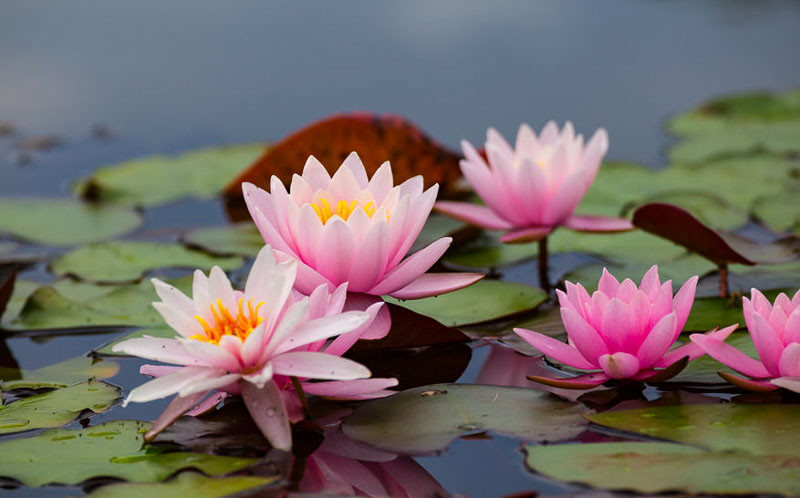Aquatic Plants - The Best Plants to Grow in Your Garden
Aquatic plants are a diverse group of plants that have adapted to living in aquatic environments. These plants play a vital role in maintaining the balance of aquatic ecosystems, providing habitat, food, and oxygen for various aquatic organisms. They can be found in freshwater habitats such as rivers, lakes, ponds, and wetlands, as well as in brackish and marine environments.
There are three main types of plants: emergent, floating, and submerged.
Emergent plants, like cattails and bulrushes, grow in shallow water and extend their leaves and stems above the water’s surface.
Floating plants, such as duckweed and water hyacinth, have specialized structures that enable them to float on the water’s surface.
Submerged plants, like eelgrass and hornwort, grow entirely underwater, with only their flowers occasionally breaking the surface.
Ecological functions: Aquatic plants are essential for maintaining water quality and clarity by absorbing excess nutrients, such as nitrogen and phosphorus, which can lead to algal blooms and eutrophication. They also help to stabilize shorelines and prevent erosion by anchoring their roots in the sediment.
Cultural, economic, and medicinal values: Many traditional cultures use aquatic plants for food, medicine, and craft materials. For example, water chestnuts and wild rice are edible plants cultivated for centuries. The leaves and stems of some plants, like cattails, can be used for weaving baskets and mats.
Invasiveness: Some plants can become invasive when introduced to new environments, causing significant ecological and economic impacts. Examples include water hyacinth and Eurasian watermilfoil, which can outcompete native plants, alter water chemistry, and impede recreational activities like boating and fishing.

